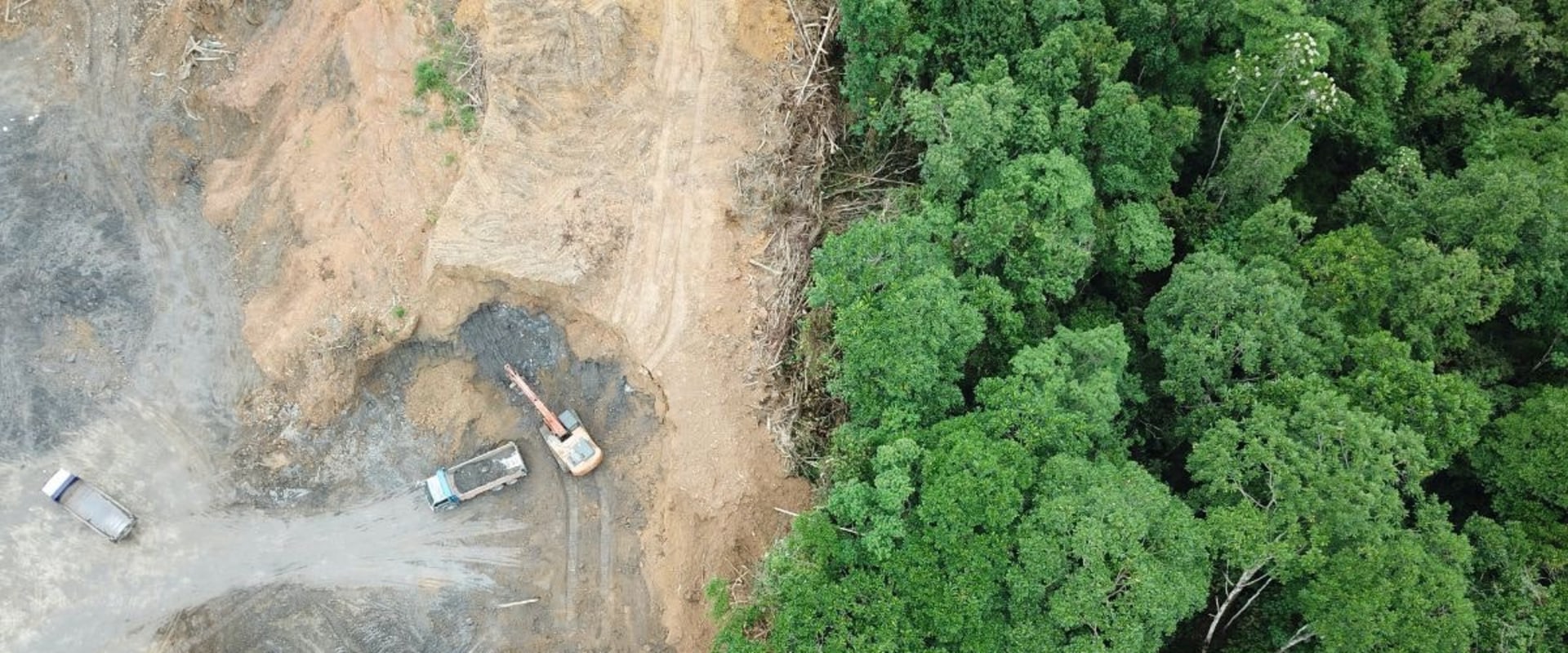Forests still cover about 30 percent of the world's land area, but they are disappearing at an alarming rate. Since 1990, the world has lost 420 million hectares or about 1 billion acres of forest, according to the Food and Agriculture Organization of the United Nations, mainly in Africa and South America. Overall, we found that nearly 27 percent of all forest loss (31,000 square miles) per year is due to deforestation that results from food demand. Forest loss caused by food production will likely never grow again; these forests are lost forever.
In other words, an area the size of Costa Rica was cut down for growing commodities and grazing cattle every year for the past 15 years. Globally, deforestation rates have not fallen, they have only changed from one continent to another. For example, deforestation rates have slowed in Brazil, but we have seen a big rebound in Southeast Asia. Basically, human demand for commodities such as soy, beef, palm oil and other crops has driven large-scale forest demolition around the world at a steady rate of one Costa Rican equivalent per year.
Forests cover more than 30% of the Earth's land area, according to the World Wildlife Fund (opens in a new tab) (WWF). These wooded areas produce oxygen and absorb carbon dioxide (CO), and are home to approximately 80% of Earth's terrestrial species. Forests are also a source of food, medicine and fuel for more than 1 billion people. Worldwide, forests provide 13.4 million people with jobs in the forest sector, and another 41 million people have forest-related jobs.
The expansion of agriculture, due to increasing population and changes in diet, is responsible for most of the world's deforestation. As the human population continues to grow, the need for more food is evident. In addition, agricultural products, such as soy and palm oil, are used in a growing list of products, from animal feed to lipsticks and biofuels. Increased demand has created incentives to convert forests into agricultural and ranching land.
Once a forest is lost in agriculture, it usually disappears forever along with many of the plants and animals that once lived there. Certifications are heavily relied on to ensure sustainable forest management, but most forest practices and suppliers are not certified, making most of the world's exploited forests vulnerable to mismanagement. Read more about the problems caused by deforestation (opens in a new tab) according to the International Union for Conservation of Nature. However, in any case, a new landscape of deforestation is emerging that is very different from the conventional image of forest loss as a one-way street.
To underscore this point, the UN heads of environment, development and agriculture issued a joint statement in which they declared that “forests are an important and necessary front of action in the global fight against catastrophic climate change, thanks to their unparalleled capacity to absorb and store carbon. And as fertile soil drags on, agricultural producers move forward, cut down more forests and continue the cycle of soil loss. The World Bank (opens in a new tab) estimates that about 3.9 million square miles (10 million square kilometers) of forest have been lost since the beginning of the 20th century. Companies that raise livestock are responsible for a staggering 80 percent of forest loss in the Amazon, scientists estimate.
The next most important driver of forest loss worldwide is forestry, with 26 percent to supply paper. However, deforestation is a global problem that will not be overcome by individual actions, and will require large-scale efforts by nation leaders to change course and reduce forest destruction. The objective was to distinguish between places where trees are replaced by some other land use and those where forest loss is likely to be temporary, since land remains available for nature to recover. In comparison, wooded lands had evapotranspiration rates that were approximately three times higher, adding more water vapor to the air.
Forests cover approximately one-third of the Earth's surface and are home to more than three-quarters of the planet's remaining biodiversity, but they are declining worldwide at an alarming rate. In the tropics, where almost all deforestation occurs, agriculture, logging and wildfires destroyed more than 11.1 million hectares (27 million acres) of trees last year, an area about the size of Virginia, according to a new analysis by the nonprofit World Resources Institute (WRI). . .
